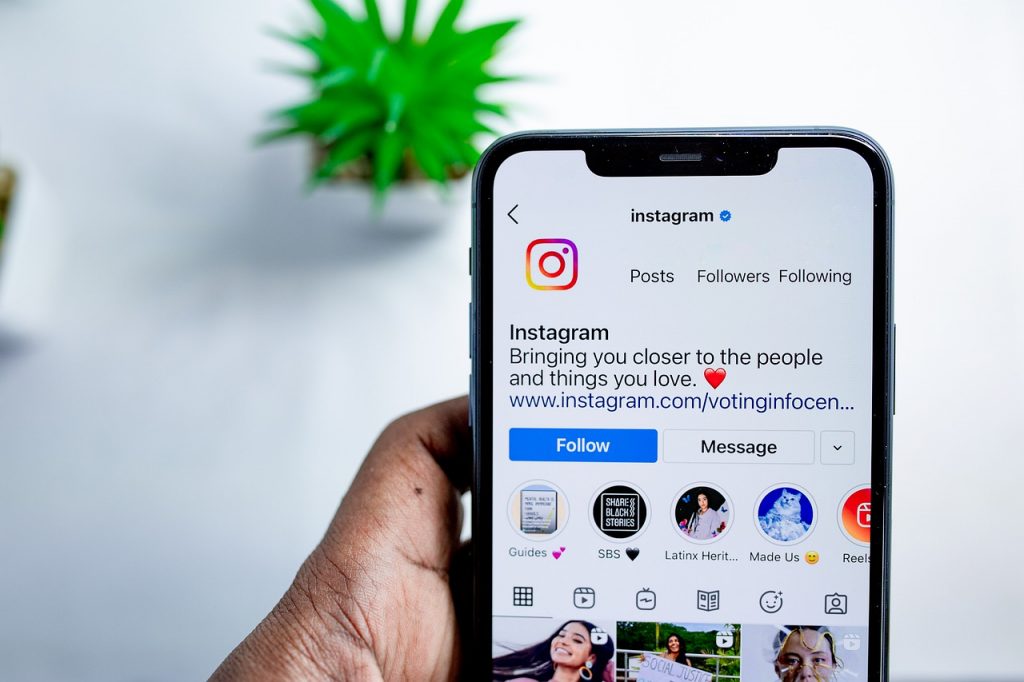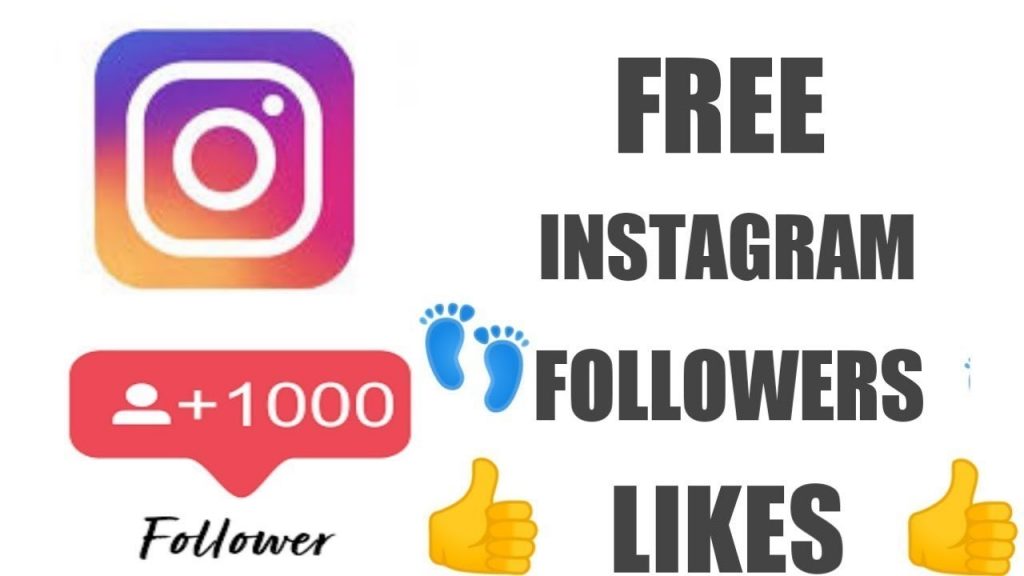If you don’t use hashtags on social media, you’re losing out on a lot of engagement. They are now part of every social media marketing strategy. Using relevant hashtags on your posts maximizes exposure. They can boost your content’s reach, visibility, and interaction, which is the purpose of all your social media efforts, yeah?
But are hashtags truly beneficial for my social media posts? What is the ideal number of hashtags for me to use? How do I select which hashtags to use? You might ask.
If you are uncertain about how to use #hashtags on various social media platforms, this post will help greatly.
Do Your Research
Do your research before you dive in and add twenty hashtags to your next Twitter post. What is the current buzz? Keep an eye on hot keywords, hashtags, and subjects to get inspiration for your own social media posts. Use trending hashtags to boost your posts’ visibility, promote conversation, and grow your following. You can also consider using automation tools to consolidate brand mentions across several platforms, allowing you to simply monitor what everyone is saying.
Moreover, examine your competitors’ hashtags to learn what works for them. What are your rivals using? Use this to find fresh hashtags for your content. If you don’t want to use the same hashtags as them, you can explore for others. Comparing your social media marketing plan to your competitors is always a good idea.
Online resources also provide listings of popular hashtags for different topics. The research will help you use hashtags appropriately in your social media marketing campaign.
Make It Relevant
Using hashtags is essential for expanding your audience reach. So, if your hashtag doesn’t convey information about your brand, you’ve already lost. Your hashtag should be related to your products or services.
You can’t use just any hashtag. If you’re not careful, you can find up promoting someone else since you choose your hashtag carelessly. Further, people on social media are smart and will notice if you use irrelevant hashtags to get likes or followers. That said, using hashtag generators might help you identify relevant hashtags. Starting a conversation connected to a popular hashtag with valuable content increases your chances of being noticed.
Use it in your products, ads, and social media posts. Get the word out there and let it work for you.
Remember that hashtags work differently on Facebook, Twitter, and Instagram. Rather than sharing the same information on every network, you might obtain greater results by tailoring it for each one.
Don’t Over-Hashtag
Use as few hashtags as possible. More isn’t always better.
Social media platforms suggest users use three-five hashtags for each post, although allowing up to 30.
Instagram, for example, is rolling out more ‘suggested’ content feeds, such as Instagram Reels. Instagram must be able to effectively identify content to deliver ‘good match’ suggestions. The principle? Fewer hashtags = better self-categorization.
Avoid Being Spammy
Using hashtags in your posts requires extra care. Hashtags like #followforfollow or #likeforlike posts appear spammy and desperate for attention. Using such hashtags may bring you followers, but they will be spammers or people solely interested in gaining a follow back, not your content or products.
Analyze Your Past Posts
Any strategy should be evaluated to see what works and what doesn’t. This is especially true for social media, where standard best practices may need to be tweaked to fit your audience’s preferences.
You can also track hashtag performance on certain social media sites. Twitter Analytics shows how many times people clicked on hashtags in posts. This shows your audience values them and wants to read more about them. Opening Instagram Insights for each post will show you how many hashtags were used to reach that post. This shows how well you used hashtags to promote your content. Social media monitoring tools can also help you examine post-performance and identify areas for improvement.
Use Branded Hashtags
This is perhaps the most significant move you can make. Branded hashtags feature your brand’s name. They may also contain your company’s tagline, a product name, or a campaign name.
Using hashtags offers two main advantages. The first is the ability to track your campaign’s performance using only your branded hashtags.
The second is content created by users. When a user includes one of your branded hashtags in one of their posts, they increase your social media profile.
Conclusion
Using hashtags in social media opens up a world of possibilities. Using them correctly can increase your social media exposure, engagement, and following. Remember that consistency is important in social media growth. Using hashtags might help get your contents seen, but to build a relationship with your audience, you need to provide relevant information at the perfect moment.
#LetsGrow!

